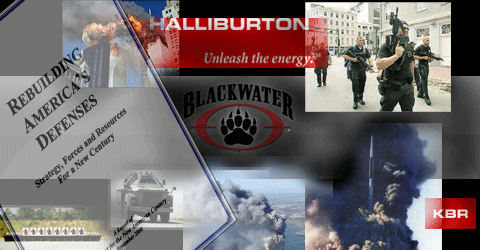The cultivation of opium poppies whose product is turned into heroin is spreading rapidly across Iraq as farmers find they can no longer make a living through growing traditional crops.
Afghan with experience in planting poppies have been helping farmers switch to producing opium in fertile parts of Diyala province, once famous for its oranges and pomegranates, north- east of Baghdad.
At a heavily guarded farm near the town of Buhriz, south of the provincial capital Baquba, poppies are grown between the orange trees in order to hide them, according to a local source.
The shift by Iraqi farmers to producing opium was first revealed by The Independent last May and is a very recent development. The first poppy fields, funded by drug smugglers who previously supplied Saudi Arabia and the Gulf with heroin from Afghanistan, were close to the city of Diwaniyah in southern Iraq. The growing of poppies has now spread to Diyala, which is one of the places in Iraq where al-Qa’ida is still resisting US and Iraqi government forces. It is also deeply divided between Sunni, Shia and Kurd and the extreme violence means that local security men have little time to deal with the drugs trade. The speed with which farmers are turning to poppies is confirmed by the Iraqi news agency al-Malaf Press, which says that opium is now being produced around the towns of Khalis, Sa’adiya, Dain’ya and south of Baladruz, pointing out that these are all areas where al-Qa’ida is strong.
Read more



